My colleague Stevie Grant did an editorial last week about 10 of Sega’s worst mistakes. You can’t blame him for being so negative. Stevie’s from Britain. He lives in a land made of cobblestone that’s perpetually overcast. It’s a dreary, foggy place where their only means of transportation is by horse and carriage. Dragons are a constant threat. But he certainly made good points. We all write for a website called Sega Addicts, we’re unabashed Sega fanboys and love the company for it’s history but we’re not idiots. Of course Sega made a lot of mistakes. A lot of BIG mistakes. We can see that but we’re still fans. And we don’t hate Nintendo just because we love Sega.
It wasn’t all bad, though. Sega was a gaming industry powerhouse for a reason. They had a lot of great ideas and sometimes even refined other’s ideas and made them better. Companies are still using some of the things Sega did years ago today. That’s why this week’s 10 Things That Aren’t Sonic is about Sega innovations.
 10. Online Console Network
10. Online Console Network
Launched in 1999, SegaNet connected Dreamcast’s across the country together to play games online. This was two years before Xbox Live launched. In the US, it was primarily for the Sega Dreamcast but Japanese gamers went online with their Saturns too. In addition to online gaming, SegaNet gave the Dreamcast a browser. At the time online gaming from a console was an incredible innovation with games like Phantasy Star Online. Nowadays it’s pretty much commonplace and an obvious function. Unless you work for Nintendo.
9. VMU
I’m all about the Pokewalker. At least I was before mine went through the wash (it was inevitable). People went nuts over this thing because it allowed you to keep playing your game when away from your DS and added new features. It’s a super cool device but it’s only for one game. 10 years earlier the VMU for the Sega Dreamcast had that for EVERY GAME! Well not EVERY game but it was an option for the developers. As cool as the Pokewalker is, it’s for a handheld game. You always have your DS with you but the Dreamcast was tethered to your TV. Gamers could load things like Chaos from Sonic Adventure and play minigames or level them up in the car. It even worked as a second screen for games like NFL2K and allowed you to secretly pick plays without the second play seeing them. Around the same time there was also the Pocketsation by Sony for the PS1. It was released only in Japan and worked more as its own console bred with a PDA.
8. Cel Shading
It’s a little ambiguous as to which game was the first to use the cel shading technique but the first one to make a big splash was definitely Jet Grind Radio for the Dreamcast. I’ve mentioned before that I’m an animation geek so the fact that there’s a style of game that mimics 2D animation is delicious to me. It’s also criminally underused. There was a while after Jet Grind Radio was released that it was kind of everywhere but now we only see cel shading once in a while. Nowadays it’s pretty much just used for games geared toward the younger demographic or the 38 Naruto games that seem to come out every year. When will major game developers stop being afraid of style and go back to experimenting? Well I guess that’s why Sega tanked.
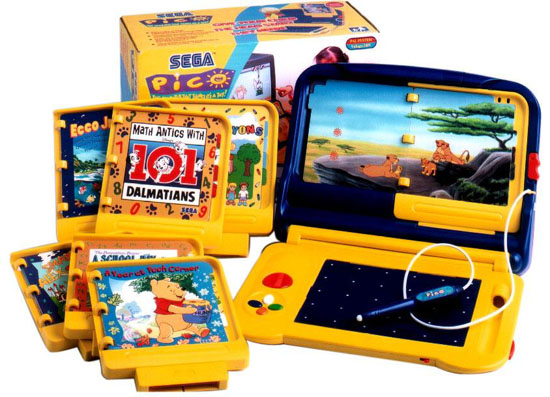
7. Pico
Educational games have been around for a long time. We all played Mario Teaches Typing, Math Blaster and Reader Rabbit. But Sega saw that the medium of video games could do more than just jam a science lesson down kid’s throats with shitty limited sprite animations of a cartoon animal with ‘tude. They made the Sega Pico. It was it’s own standalone console and instead of cartridges it used books that sat on the console and rather than a controller you used a pen on the page of the book. The Pico would display images on the screen that corresponded to what was going on in the book. In many ways it’s a precursor to the DS without being portable. I love the idea of using video games to teach kids. Even as an adult I’ve played educational games like My Japanese Coach on the DS. I like to think the Pico and other learning games from Sega like Mickey’s Ultimate Challenge helped it become as widespread and mainstream as it is today.
Some other fun facts about the Pico:
-It’s the only Sega console to have a Nintendo game published on it
-It was released in 1993 but like the Dreamcast games continued to be made for it long after production of the console had ceased. Well into the 2000s, in fact.
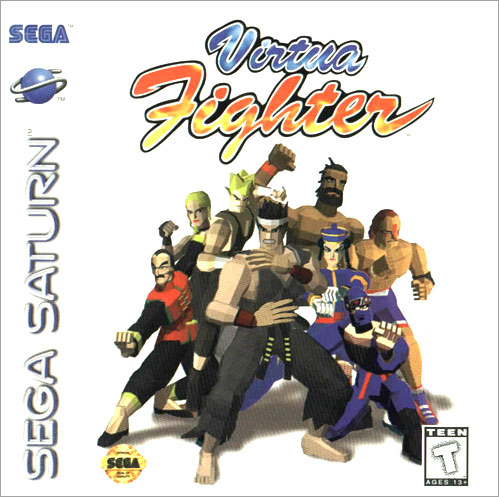
6. 3D Fighters
Of course 3D fighters were an inevitable conclusion. Games like Street Fighter and Mortal Kombat were beloved franchises that were getting bigger and bigger. And the technology was moving forward every day. The point is Sega did it first in 1993 with Virtua Fighter in the arcades, the Sega 32X and on the Sega Saturn. The characters were able to move in a 3D environment but the fighting still mostly took place on a 2D plane. The blocky polygonal graphics look a little goofy today but almost two decades ago they were mind-blowing.
5. Console MMO
Back in entry number 10 I talked about SegaNet. While revolutionary on its own, every new peripheral or feature needs a killer app. Sega’s was Phantasy Star Online. MMOs were nothing new but having them on a console was. The Dreamcast even offered a keyboard and mouse peripheral. Having an MMO on a console was a big deal at the time, servers remained active long after the Dreamcast stopped production and the game was out of print. But outside of this one phenomenon, console MMOs still haven’t really caught on. There have been a few, like Champions Online for the Xbox 360 and Final Fantasy XI for the PS2. Even though many miss the Phantasy Star Online experience, I guess most people think MMOs belong on the PC.
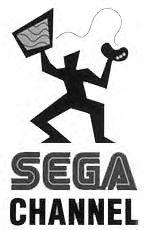
4. Sega Channel
Sega Channel was a service launched in 1994 for the Sega Genesis that allowed you to download games through your cable connection. It featured full retail games and even many Japan only games and demos of upcoming releases. This was in NINETEEN NINETY FOUR. At launch you could access 50 games that would rotate every month. Now we have XBLA, the Playstation Store and Virtual Console. XBLA is great for indie games and the Playstation Store and Virtual Console offer classics from the PS1, NES, SNES and many other older consoles. But for those we’re lucky to get a game a week. There was also a service similar to Sega Channel in 1981 for the Intellivison but it was nowhere near as robust.
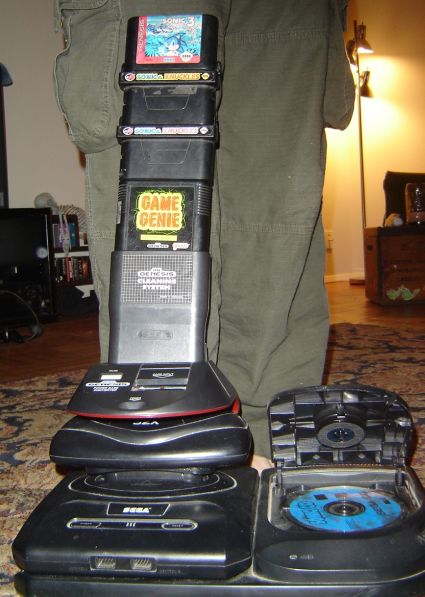 3. Stackable Cartridges
3. Stackable Cartridges
Yeah, look at that shit. How rad is that. The Genesis offered several games where the cartridge was open at the top and allowed you to snap another Genesis cart into it. For some titles like Sonic and Knuckles this would unlock new features in the game and increase replayability. It’s kind of like a primitive form of DLC.
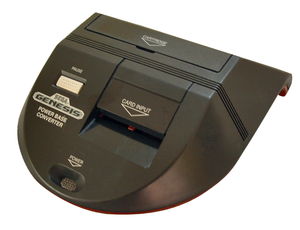 2. Backwards Compatibility
2. Backwards Compatibility
The Powerbase Converter was a peripheral for the Sega Genesis that allowed it to run Sega Master System games. It only fit on the first model MegaDrive but was still a nifty device. I don’t need to explain why backwards compatibility is a brilliant and some would say necessary feature. Well unless you work for Microsoft or Sony. I don’t know why the fuck they still can’t wrap their heads around that fact.
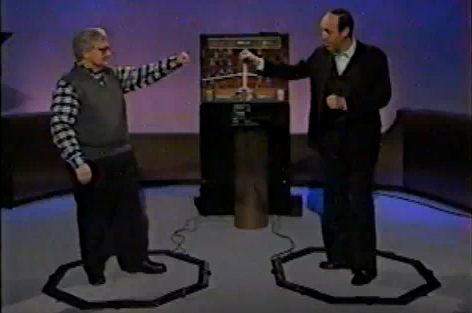 1. Motion Control
1. Motion Control
Did you watch the E3 coverage this year? Were you bored out of your fucking mind when they weren’t talking about the 3DS? Don’t completely blame Sega but they didn’t help by releasing the Activator for the Genesis. It was an octagonal ring that laid on the floor and surrounded the player. Waving your arms and legs over the device broke light beams and moved your character in the game. Some games configured for the peripheral were Comix Zone, Mortal Kombat 3, and Greatest Heavyweights of the Ring but you could use it with any game. It didn’t work like the Wiimote or the Playstation Wiimote (whatever they’re calling it) by moving the way you do. Each beam corresponded to a specific button on the regular controller. So if you waved your right arm over the right laser it would be like hitting right on the D-pad. So basically you played games by dancing around like a retard. I guess it’s more of a precursor to the Microsoft Kinekt than the Wii.
So the next time you think a game company is doing something new or exciting, ask yourself “Did Sega do this years ago but much less successfully, with way more limited technology and totally fail at it so they could be made fun of years later on a site dedicated to being ‘fans’ of theirs?” The answer just might be yes.

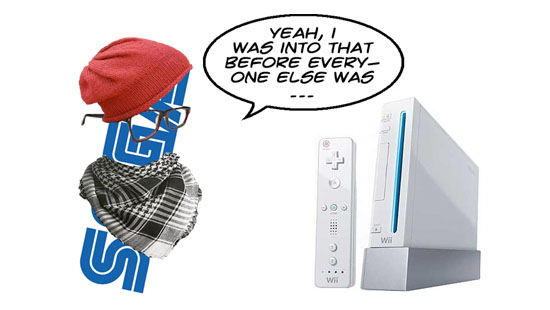
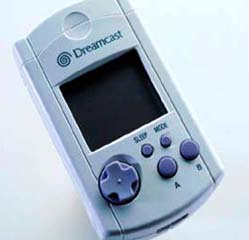
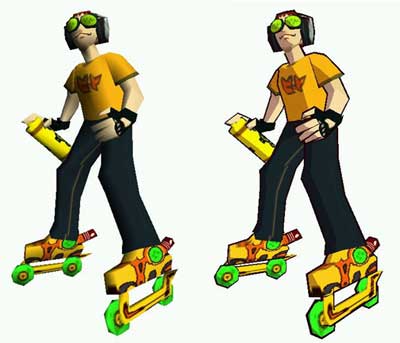
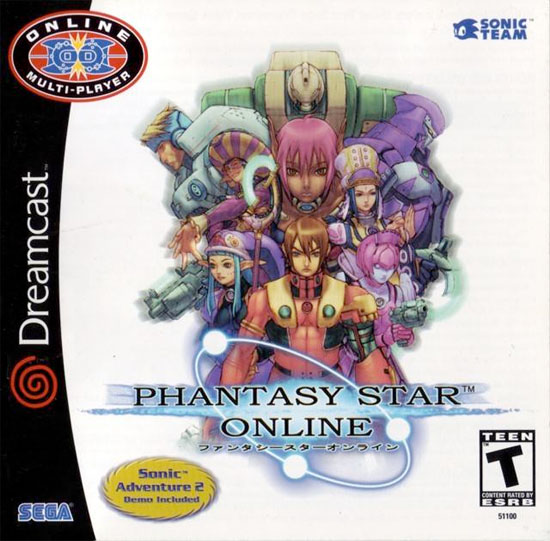

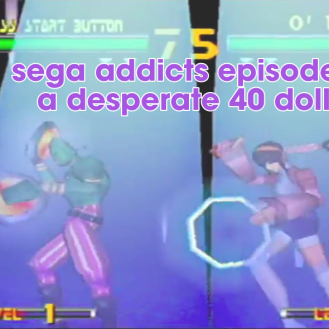
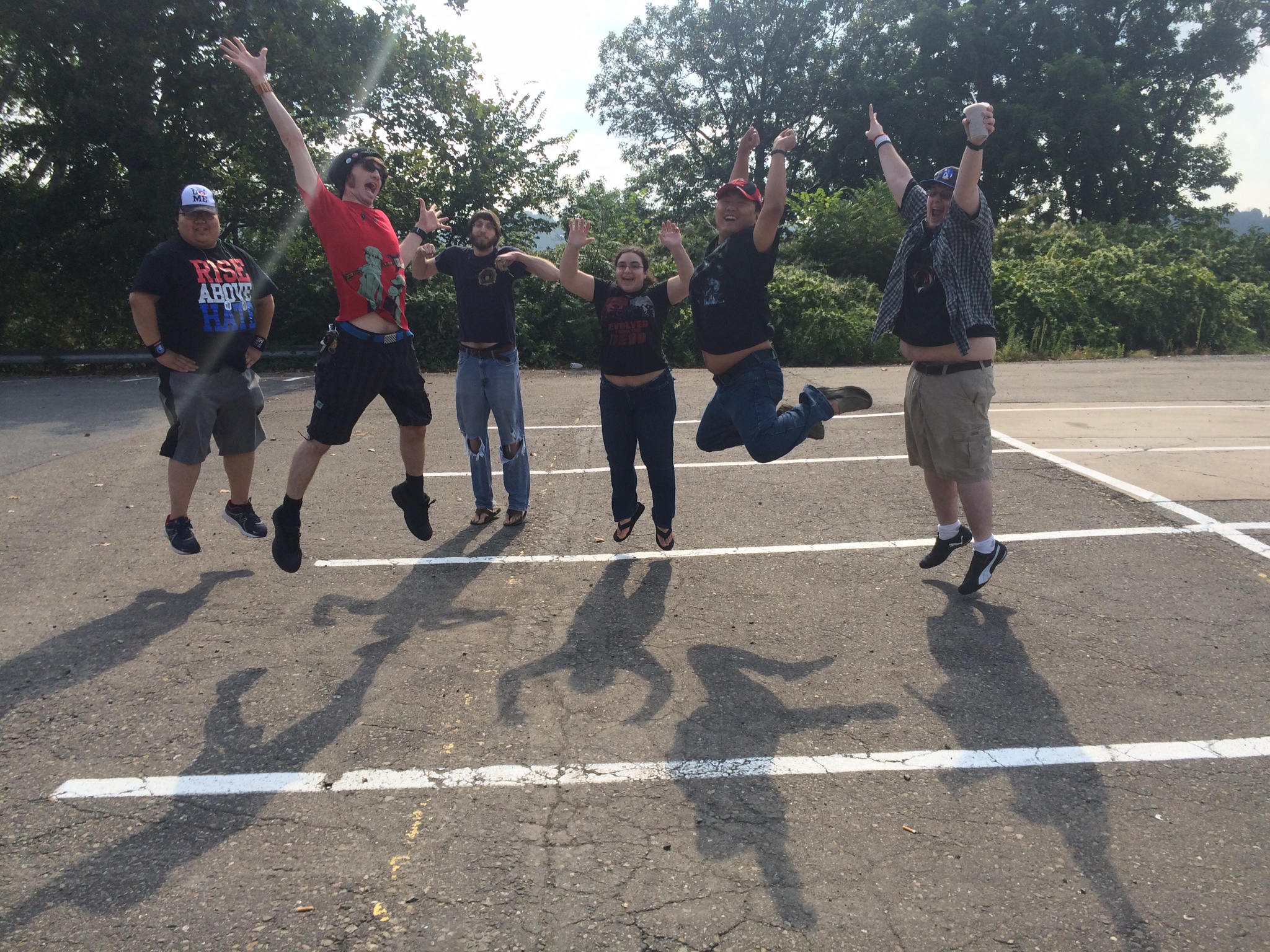
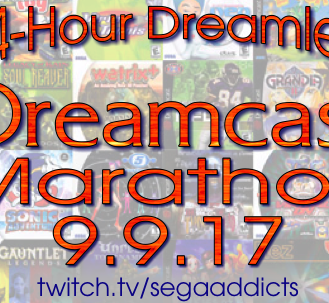
My favorite game with a VMU function was Virtua Tennis. When you were playing a match on the Dreamcast the screen of the VMU would be showing the same match with little pixel characters and the ball bouncing back and forth. You could literally shut off the TV and play the match just by watching the VMU.
I would play Choa Adventure for hours. Even the games that didn’t have VMU connectivity did something cool. Like when you play Shenmue and it just has the title on the VMU screen. That’s still pretty neat
I was a big fan of the way Resident Evil: Code Veronica used it. It displayed the trademark RE health blip (Fine, Caution, or Danger) on the screen, eliminating the need to pause to check your health.